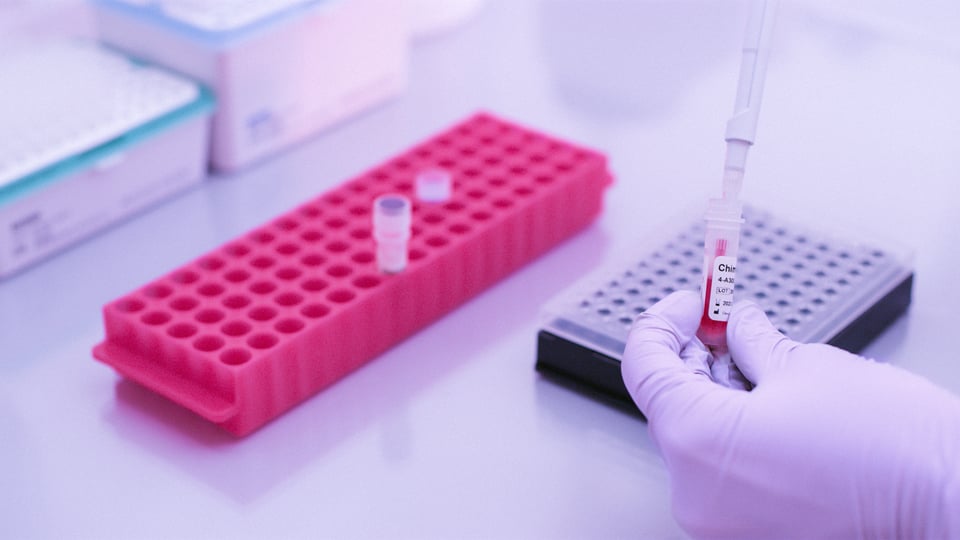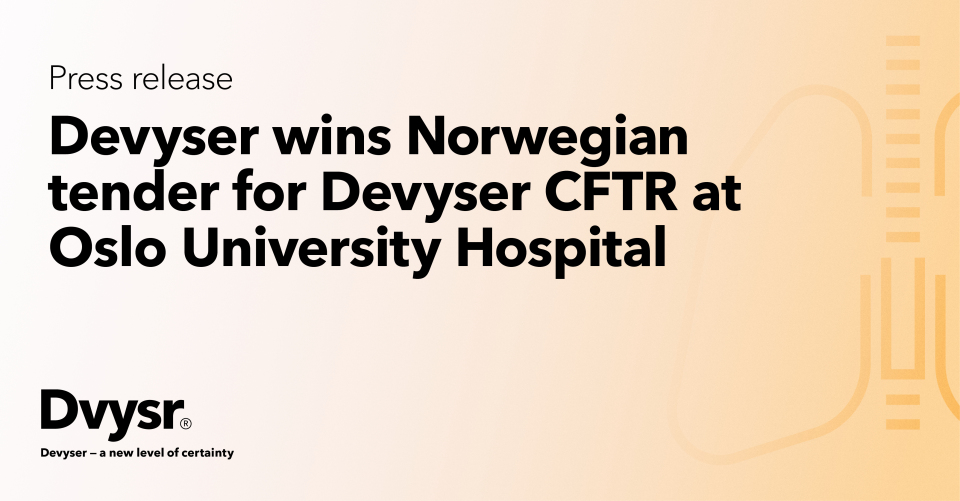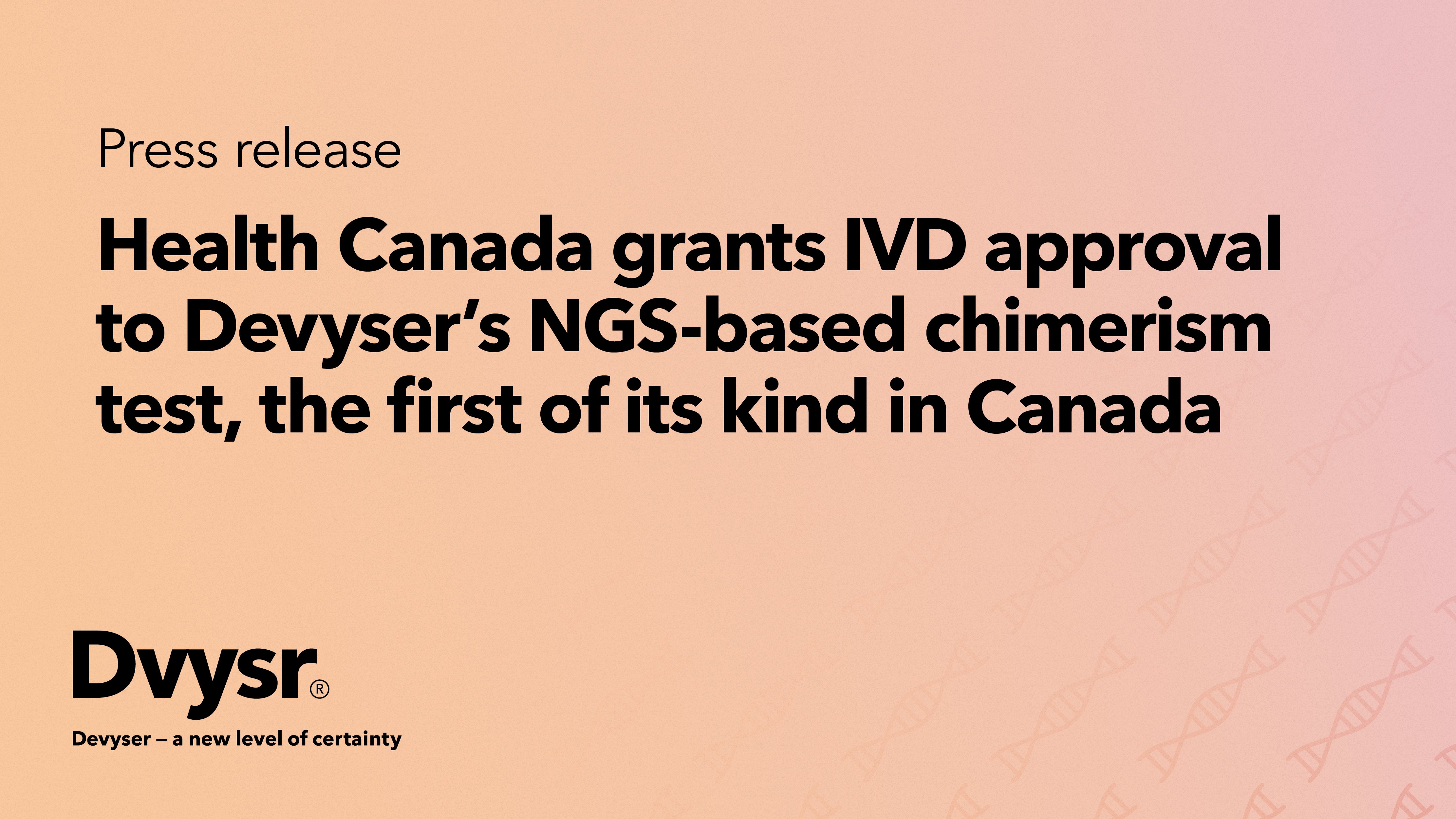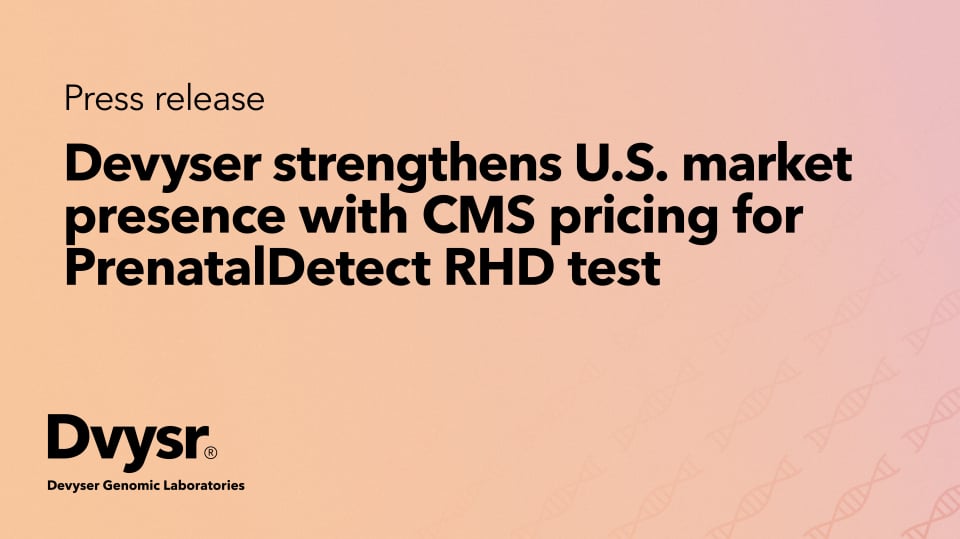Devyser wins Norwegian tender for Devyser CFTR at Oslo University Hospital
Devyser is proud to announce that the company has been awarded a tender by Oslo University Hospital...

Post-transplantation | January 22, 2021
Dr. Dan Hauzenberger, Medical Director, Section of Transplantation Immunology at Sweden’s Karolinska University Hospital, on how new, highly sensitive and precise methods for mixed chimerism analytics are transforming post-transplant monitoring, enabling earlier detection and treatment to improve and save the lives of transplanted patients. He also discusses why Karolinska decided to replace their STR-PCR and qPCR methods with a single, NGS-based method and the benefits achieved by doing so.
For at least 15 years Karolinska’s Transplantation Immunology Laboratory has used a combination of STR-PCR and qPCR, two well-established methods for detecting mixed chimerism. Both have clear advantages and disadvantages. The STR-PCR-based methods generally show high precision but a restricted limit of detection (LOD); qPCR on the other hand exhibits a high sensitivity but poor precision, especially at higher levels of mixed chimerism.
"While I am delighted about the increased efficiency and cost reductions we’ve achieved in the laboratory, I am even more excited about the sharper diagnostic tools we can now offer clinicians."
Dr. Dan Hauzenberger, M.D., Ph.D. Karolinska University Hospital, Stockholm, Sweden

Devyser is proud to announce that the company has been awarded a tender by Oslo University Hospital...
Read More

Devyser, a leading provider of advanced genetic testing solutions, has been awarded a new tender in...
Read More

Devyser is proud to announce that One Lambda Devyser Chimerism and Advyser Chimerism have been...
Read More

Devyser today announced that the Centers for Medicare & Medicaid Services (CMS) has issued its...
Read More